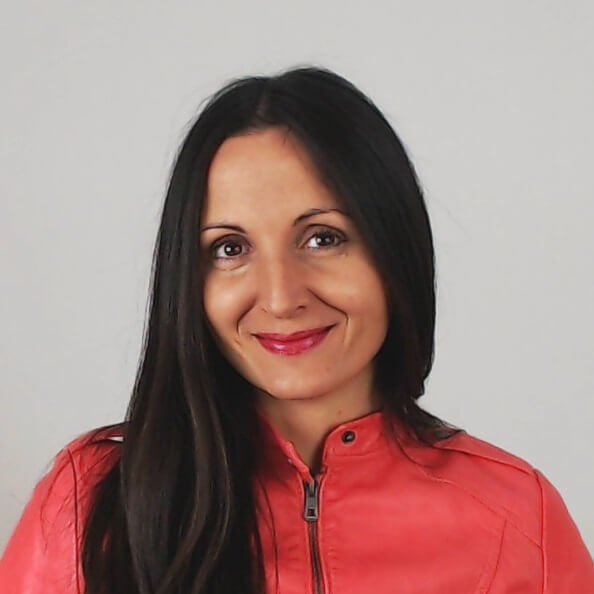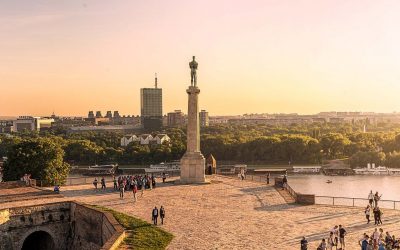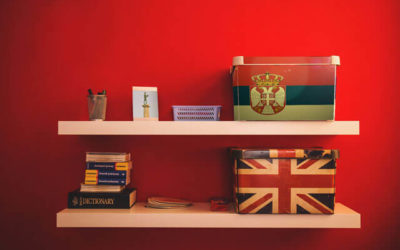Meet the Serbian capital: talk about Belgrade in Serbian
Do you know Serbia? What do you know about Belgrade, the capital? Can you tell that in Serbian?
Watch this video to learn about Belgrade in Serbian and to practice your listening skills.
Planning your trip to Serbia? Can you talk about Belgrade in Serbian? Learn a few sentences. Your hosts will love that!
Belgrade is the capital and the biggest city of Serbia. It has been named the “city that never sleeps”. Many young people love it for it’s night life. It is believed that whoever experiences Belgrade falls in love with it and returns to it often.
The most important site to visit in Belgrade is its famous fortress named Kalemegdan (Beogradska tvrđava Kalemegdan). It is located on the confluence of two rivers: Danube (Dunav) and Sava. The view of the rivers is magnificent.
Once you’re downtown, you shouldn’t miss Skadarlija – the famous bohemian quarter with restaurants and taverns, or as we call them kafana. There you can eat the local food, usually based on meet, and listen to traditional live music.
A video to teach you about Belgrade in Serbian
Here I want to share a video to help you learn different facts about Belgrade in the Serbian language. You can also use it to practice your listening skills.
When watching the video for the first time, focus on understanding the meaning and remembering the story line. After that, you can repeatedly watch and listen to the final part of the video, the text only in Serbian. That will help you really remember and internalize what you have heard in the video.
| the text Beograd, glavni grad |
translation Belgrade, the capital |
| Reč Beograd znači beo grad. Beograd je glavni grad Srbije. Nalazi se na dve reke. To su Sava i Dunav. | The word Beograd means white city. Belgrade is the capital of Serbia. It is located on two rivers. That are Sava and Danube. |
| Reka Sava polazi iz Slovenije, teče između Hrvatske i Bosne, pa dolazi u Srbiju, u Beograd, i uliva se u Dunav. | The river Sava starts from Slovenia, flows between Croatia and Bosnia, and then comes to Serbia, to Belgrade, and flows into Danube. |
| Dunav polazi iz Nemačke i teče kroz Austriju, Mađarsku, Hrvatsku, Srbiju, Bugarsku i Rumuniju, pa se uliva u Crno more. | Danube starts from Germany and flows through Austria, Hungary, Croatia, Serbia, Bulgaria and Romania, and then flows into the Black sea. |
| Beograd ima grb, ima tvrđavu Kalemegdan i spomenik koji se zove „Pobednik“. To su simboli Beograda. | Belgrade has a coat of arms, it has the fortress Kalemegdan and a monument that is called „The Winner“. That are the symbols of Belgrade. |
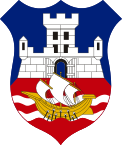 |
 |
|
grb Beograda Belgrade coat of arms |
Pobednik the Victor (winner) |
Listening to stories that you’re familiar with can work wonders for your Serbian language learning. This is a powerful technique that will help you remember the vocabulary and absorb pronunciation.
If you liked this lesson, you will certainly enjoy learning Serbian at Serbonika, with many videos like this and other dialogues, texts, vocabulary, grammar explanations and exercises.
by Magdalena Petrovic Jelic
Founder of Serbonika
Serbian language teacher and entrepreneur, language lover and polyglot, but also a mother and a relentless storyteller.
On a mission to create the best web space for learning Serbian: Serbonika.
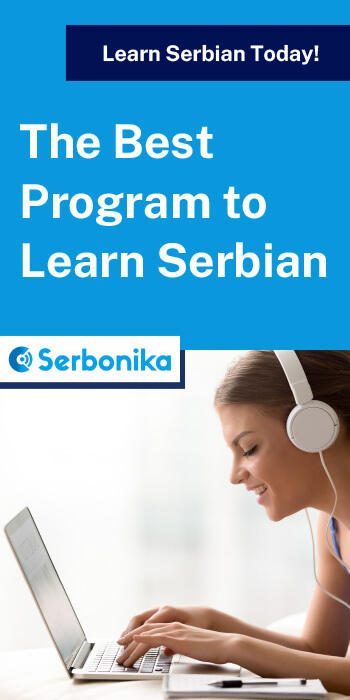
Serbonika
Najbolja metoda za učenje srpskog jezika
The best method to learn Serbian
Starting Serbian? Discover When Is The Best Time to Start
When is the best time for starting Serbian and how to use that surge of motivation and avoid the disappointment many language learners face.
The Languages of Ex Yugoslavia: an Intimate Experience
What’s the difference between Slovenian, Croatian, Bosnian, Serbian, Montenegrin and Macedonian? How different or similar are they? Can the people understand each other speaking these languages?
The Most Powerful Technique for Learning Serbian in 9 Steps
Wondering how to learn Serbian? If you had to choose the best technique, this is what you need. It looks time-consuming, but when you see how effective it is…
3 Basic and Often Neglected Tools for Learning a Language
When we learn a language, the main issue is to remember an incredible amount of data. Today we often rely on technology, we use apps and watch videos. But is that really effective in helping us retain the knowledge? Are we doing our best?
